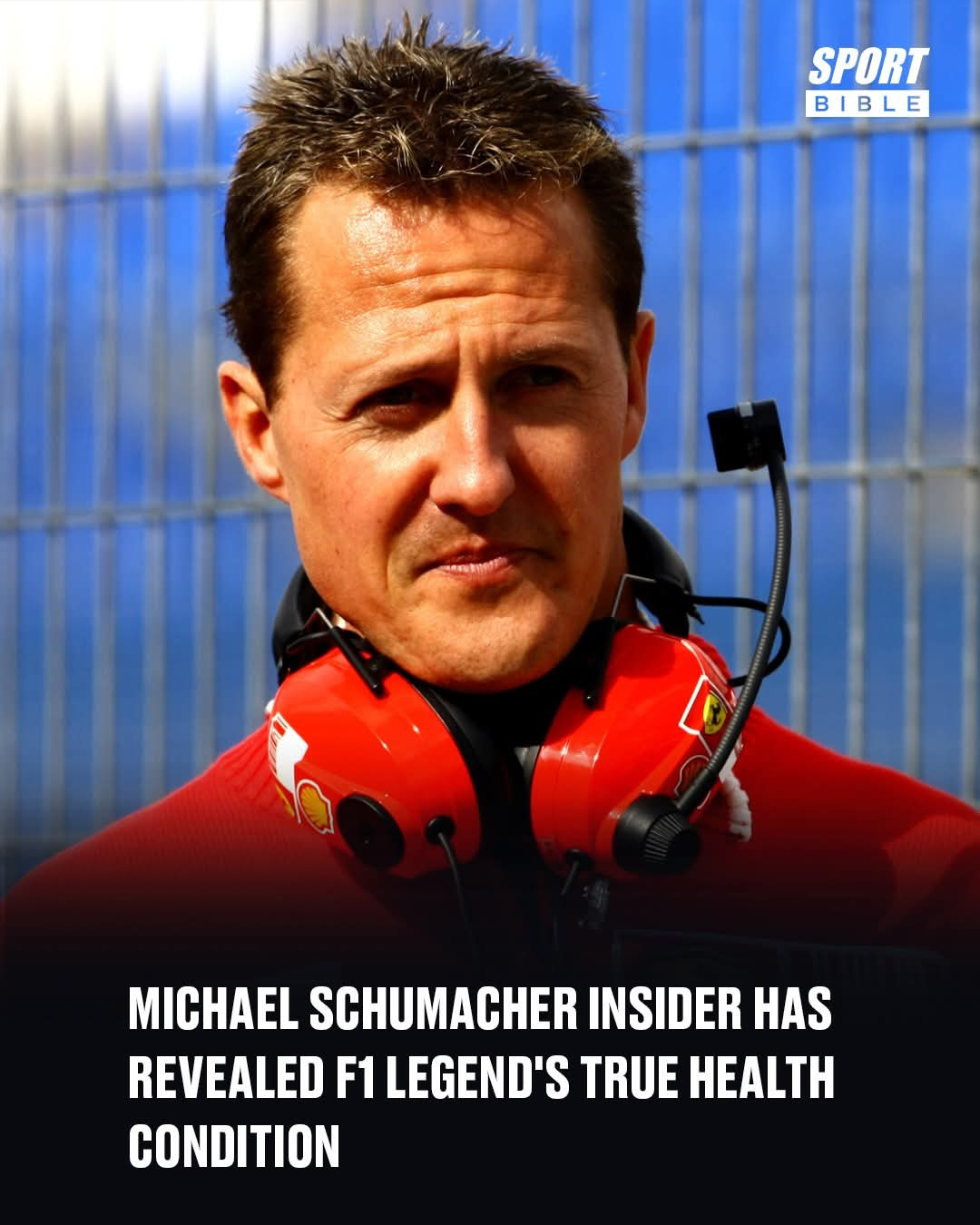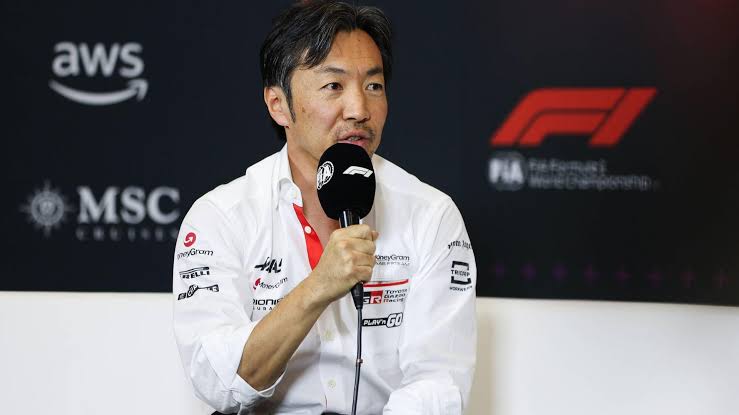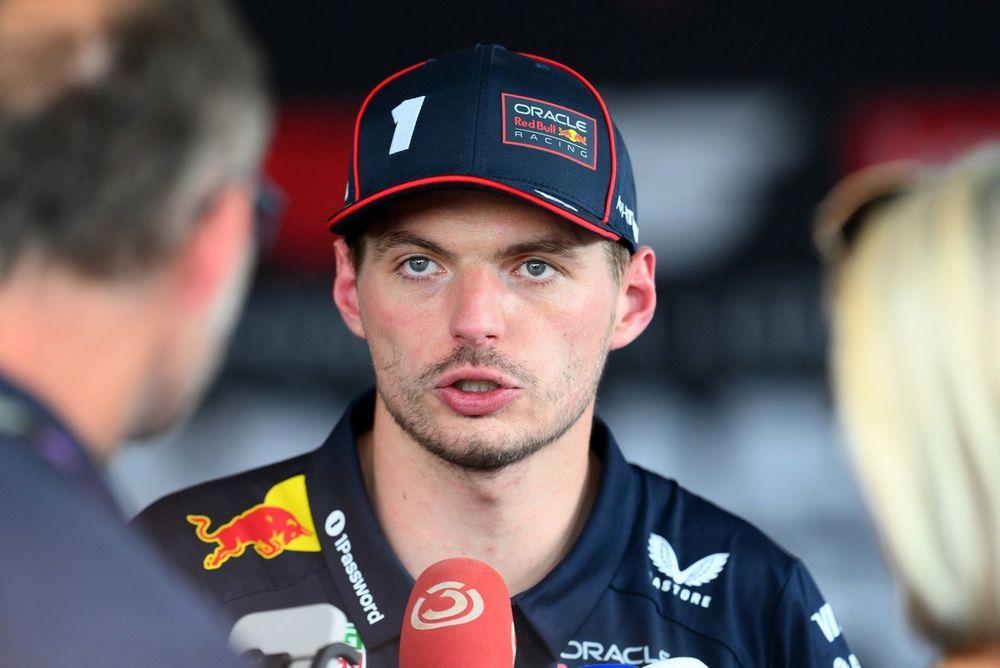Haas Motorsport has embarked on a discreet two-day Testing of a Previous Car (TPC) programme at Fuji Speedway, spotlighting reigning Super Formula Champion Sho Tsuboi as part of what is being described as an “audition” to evaluate his potential within the Formula 1 ecosystem. This initiative, occurring shortly after the Hungarian Grand Prix, serves as a significant milestone stemming from Haas’ technical partnership with Toyota Gazoo Racing, which was established late last year and has empowered the team to allocate resources for such specialized testing sessions.
The collaboration between Haas and Toyota Gazoo Racing has facilitated access to critical technical support and infrastructure, enabling the VF-23 car—last season’s model—to be deployed in a controlled environment away from the traditional Grand Prix calendar. Team principal Ayao Komatsu personally attended the session in Japan, underscoring the importance of this development. Notably, reserve driver Ryo Hirakawa participated in the first day’s activities, marking an emotive return to a circuit last featured in Formula 1 competition over a decade ago, while the subsequent day was devoted to assessing Tsuboi’s adaptability to the rigors of an F1 machine.
Sho Tsuboi’s involvement transcends mere recognition of his domestic success; his experience in Japan’s Super Formula series, whose vehicles approximate the performance characteristics of Formula 2 machinery, provides a relevant benchmark for Toyota and Haas to scrutinize his readiness for the pinnacle of motorsport. Masaya Kaji, Toyota’s global motorsport director, emphasized that the test functions as a rigorous evaluation of Tsuboi’s skill set, communication abilities in English, and overall potential rather than a ceremonial reward for his championship titles. This approach aligns with Toyota’s broader commitment to human capital development within their motorsport division.
Additionally, the presence of Toyota’s engineers and mechanics at Fuji offers invaluable experiential learning, exposing them firsthand to Formula 1’s cutting-edge technology and operational demands. Komatsu highlighted that these rare testing opportunities also serve a dual purpose: promoting Formula 1’s profile in Japan, where motorsport’s popularity has waned compared to other sports, and providing fans with accessible and affordable exposure to F1 machinery outside the formal race weekends. The low ticket prices and family-friendly entry policies reflect a strategic effort to broaden the sport’s domestic fanbase.
While this TPC outing represents an essential step for Tsuboi’s career, there is presently no immediate opening on Haas’ 2026 F1 roster, which already features Esteban Ocon and Oliver Bearman. Nonetheless, the data generated from previous TPC tests involving other notable Japanese drivers, such as Ritomo Miyata and Kamui Kobayashi, facilitates comprehensive comparative analysis, reinforcing the significance of this programme as a talent incubator and a symbol of the deepening technical and cultural ties between Haas and Toyota.




